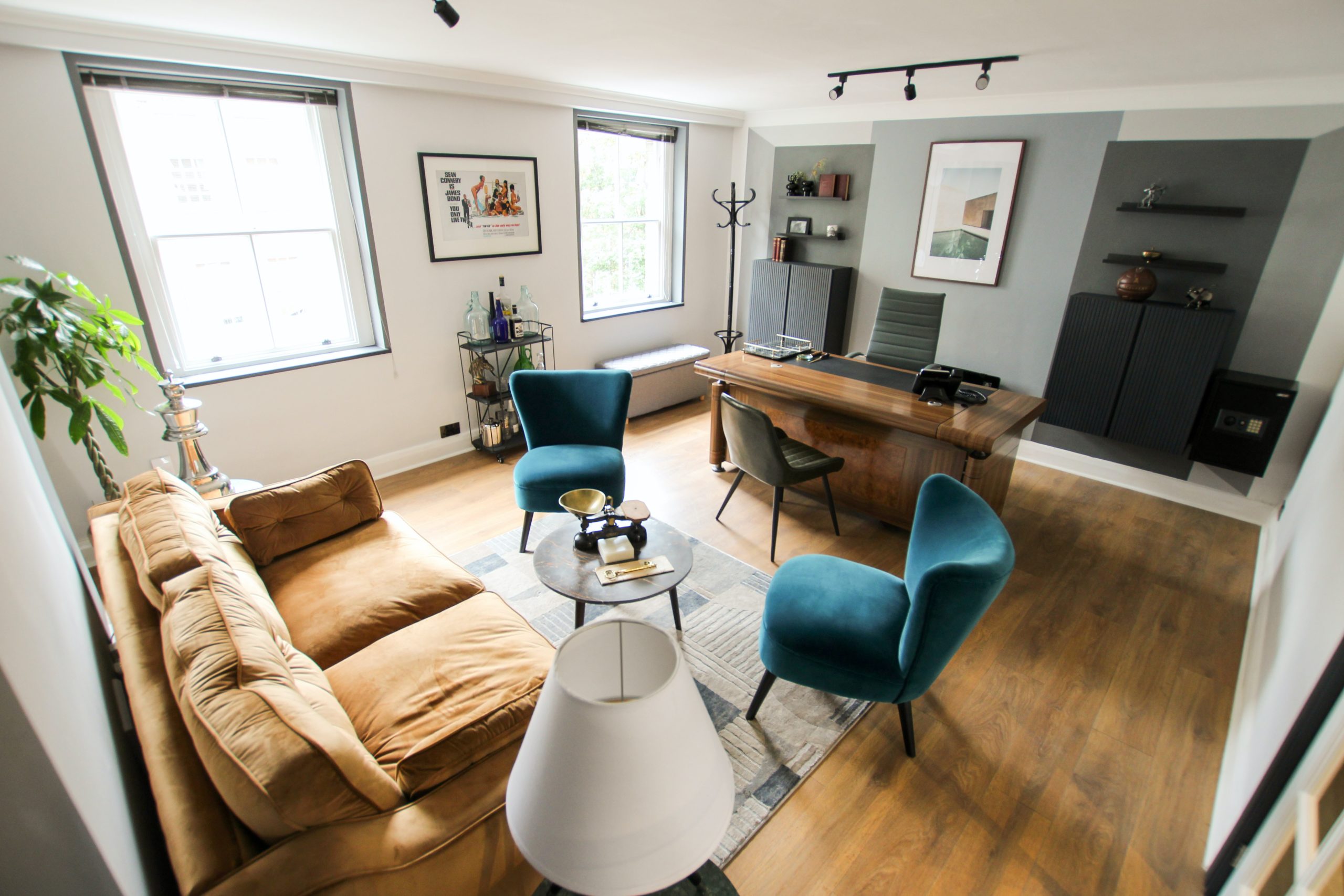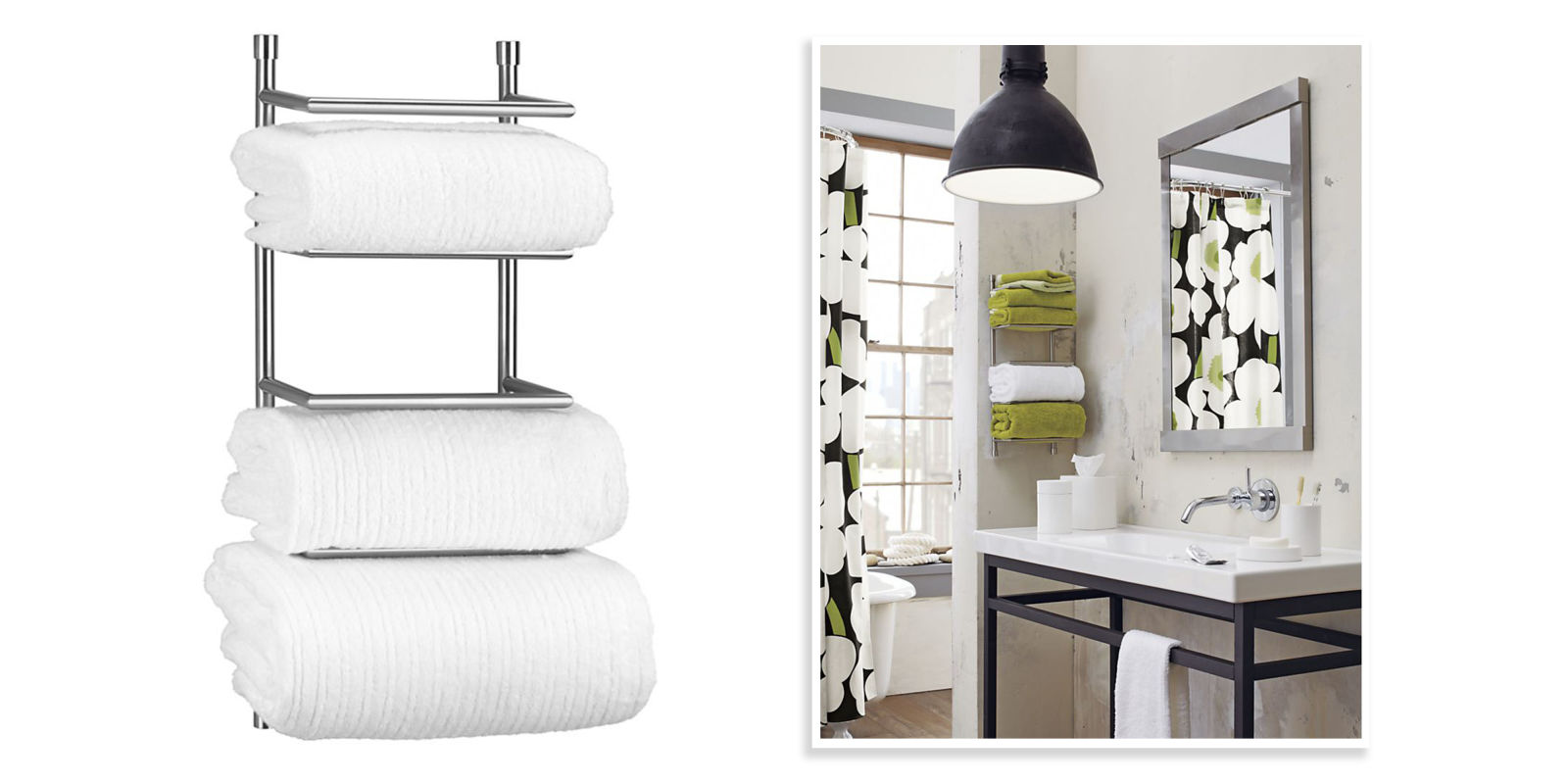Feng Shui is an ancient Chinese practice that focuses on creating harmony and balance in our living spaces. It is believed that the arrangement of furniture in a room can greatly impact the flow of energy, or Chi, in our homes. The living room is one of the most important areas in our homes, as it is where we entertain guests and spend quality time with our family. Here are the top 10 tips for arranging furniture in your living room according to Feng Shui principles.Feng Shui Living Room Arrangement
1. Identify the commanding position. In Feng Shui, the commanding position is the spot in the room where you can see the entrance, but are not directly in line with it. This position allows you to have a sense of security and control. When arranging your living room furniture, make sure that your sofa or armchair is in the commanding position. 2. Avoid sharp corners. Sharp corners in furniture can create negative energy and disrupt the flow of Chi. Instead, opt for rounded or curved edges in your living room furniture. If you have a coffee table or side table with sharp corners, you can soften them with a tablecloth or decorative items. 3. Balance the elements. According to Feng Shui, there are five elements – wood, fire, earth, metal, and water – that need to be balanced in a room to create harmony. Incorporate these elements in your living room through your furniture, decor, and color scheme. For example, wooden furniture represents the element of wood, while a fireplace or candles can represent the element of fire. 4. Use the Bagua map. The Bagua map is a Feng Shui tool that divides a space into nine areas, each representing a different aspect of life. By placing your furniture in the corresponding areas, you can enhance the energy flow in your living room. For example, the front left corner of the room represents wealth, so placing a plant or a water feature in that area can attract abundance. 5. Leave room for movement. A cluttered living room can disrupt the flow of energy and create a sense of chaos. Make sure to leave enough space between your furniture for people to move around comfortably. This will also allow the energy to flow freely through the room.Feng Shui Tips for Arranging Furniture in Your Living Room
6. Avoid blocking windows and doors. Windows and doors are considered the entry points for energy in a room. Blocking them with furniture can hinder the flow of Chi. Make sure to leave these areas clear and open to allow the energy to enter and circulate freely. 7. Choose a focal point. A focal point is a single object or area that draws the eye and anchors the room. It can be a fireplace, a piece of artwork, or a window with a beautiful view. When arranging your living room furniture, make sure to position it in a way that highlights the focal point. 8. Consider the size and shape of your furniture. In Feng Shui, balance and proportion are key. When choosing furniture for your living room, make sure to consider the size and shape of the room. For example, a large, bulky sofa in a small space can create a sense of heaviness and imbalance. 9. Use mirrors strategically. Mirrors are powerful tools in Feng Shui, as they can reflect and amplify the energy in a room. Placing a mirror in the right spot in your living room can create a sense of spaciousness and bring in more light. However, avoid placing mirrors directly facing the front door, as it can push the energy out of the room. 10. Declutter regularly. Clutter can create stagnant and negative energy in a room. Make it a habit to declutter your living room regularly and keep only the items that bring you joy and serve a purpose. This will not only improve the energy flow but also create a more peaceful and inviting space.Living Room Furniture Placement According to Feng Shui
There are endless possibilities when it comes to arranging your living room furniture according to Feng Shui principles. Here are some layout ideas to inspire you: 1. The U-shaped arrangement: This layout is perfect for a larger living room. Place your sofa and armchairs in a U-shape, with a coffee table in the center. This layout promotes conversation and creates a sense of togetherness. 2. The symmetrical arrangement: Symmetry is pleasing to the eye and promotes balance in a room. Place two identical armchairs on either side of a fireplace or a console table to create a sense of harmony. 3. The circular arrangement: If you have a small living room, this layout can help create a sense of flow and spaciousness. Place your furniture in a circular formation, with the focal point in the center.Feng Shui Living Room Layout Ideas
Arranging furniture in a Feng Shui living room is all about creating a balanced and harmonious space. Here are the steps to follow: 1. Clear the room: Start by removing all the furniture and decor from the room. This will give you a blank canvas to work with. 2. Identify the commanding position: Stand at the entrance of the room and find the spot where you have a clear view of the door, but are not directly in line with it. This is where you should place your sofa or armchair. 3. Place the focal point: Decide on a focal point for your living room and place it in a prominent spot. This could be a fireplace, a piece of artwork, or a window with a beautiful view. 4. Place the remaining furniture: Use the Bagua map to place the remaining furniture in the corresponding areas. Make sure to leave enough space for people to move around comfortably. 5. Add decor and personal touches: Once you have the furniture in place, add decorative items and personal touches to bring the room to life. Remember to keep it clutter-free and balanced.How to Arrange Furniture in a Feng Shui Living Room
Feng Shui is not just about arranging furniture, but also about creating a harmonious and inviting living room. Here are some design tips to keep in mind: 1. Choose calming colors: Soft, neutral colors promote a sense of tranquility and balance in a room. Avoid using bold and bright colors, as they can create a sense of chaos. 2. Let in natural light: Natural light is a powerful source of positive energy. Make sure to have plenty of windows in your living room and avoid blocking them with heavy curtains or furniture. 3. Incorporate natural elements: Feng Shui promotes connecting with nature, so bring in elements like plants, flowers, and natural materials into your living room. They can help purify the air and add a sense of calmness. 4. Use soft lighting: Harsh lighting can create a sense of tension and disrupt the flow of energy. Opt for soft, ambient lighting in your living room to promote relaxation and balance.Feng Shui Living Room Design and Arrangement
The goal of arranging furniture in a Feng Shui living room is to create a space that promotes positive energy and a sense of well-being. By following the principles of Feng Shui, you can create a harmonious and inviting living room that will bring joy and peace to your home.Feng Shui Living Room Furniture Arrangement for Positive Energy
The living room is the heart of the home, and by arranging your furniture according to Feng Shui principles, you can create a space that promotes harmony and balance. Remember to keep the room clutter-free and incorporate natural elements and calming colors to enhance the positive energy flow.Creating a Harmonious Living Room with Feng Shui Furniture Arrangement
The concept of Chi is central to Feng Shui. It is believed that a well-arranged living room can attract good Chi, or positive energy, into your home. By following the tips and ideas mentioned above, you can create a living room that not only looks beautiful but also promotes good Chi.Feng Shui Living Room Arrangement for Good Chi
In a small living room, it is important to maximize the space and energy to create a sense of flow and openness. By following the principles of Feng Shui, you can arrange your furniture in a way that promotes the flow of energy and makes the room feel larger and more spacious. Remember to keep the space clutter-free and incorporate natural elements for a harmonious and balanced living room. Maximizing Space and Energy with Feng Shui Living Room Furniture Arrangement
The Importance of Arranging Furniture in Living Room Feng Shui

Creating Balance and Harmony
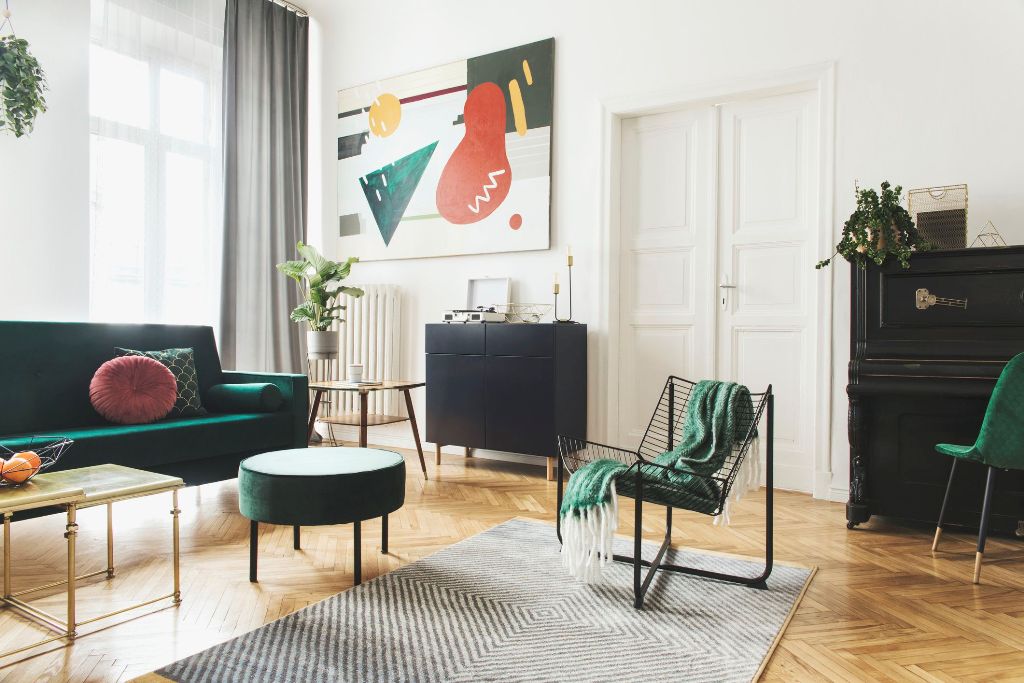 In the practice of Feng Shui, the arrangement of furniture in a living room is crucial in creating balance and harmony in the space. Feng Shui is an ancient Chinese philosophy that focuses on the flow of energy, known as chi, in a space. This energy can have a significant impact on our well-being and can be influenced by the placement of furniture in our living rooms.
In the practice of Feng Shui, the arrangement of furniture in a living room is crucial in creating balance and harmony in the space. Feng Shui is an ancient Chinese philosophy that focuses on the flow of energy, known as chi, in a space. This energy can have a significant impact on our well-being and can be influenced by the placement of furniture in our living rooms.
Maximizing Positive Energy
 According to Feng Shui principles, the living room is considered the heart of the home, where family and guests gather to relax and socialize. Therefore, it is essential to have a living room that is inviting and promotes positive energy flow. By arranging furniture in a way that allows for ease of movement and conversation, we can maximize the flow of positive chi in the room.
According to Feng Shui principles, the living room is considered the heart of the home, where family and guests gather to relax and socialize. Therefore, it is essential to have a living room that is inviting and promotes positive energy flow. By arranging furniture in a way that allows for ease of movement and conversation, we can maximize the flow of positive chi in the room.
Creating a Welcoming Atmosphere
 In addition to promoting positive energy, arranging furniture in a living room with Feng Shui principles can also create a welcoming atmosphere. By incorporating the five elements of Feng Shui - wood, fire, earth, metal, and water - into the living room, we can create a balanced and harmonious space. For example, incorporating wooden furniture, a fireplace, and earthy tones can bring in the element of wood and fire, creating a cozy and inviting atmosphere.
In addition to promoting positive energy, arranging furniture in a living room with Feng Shui principles can also create a welcoming atmosphere. By incorporating the five elements of Feng Shui - wood, fire, earth, metal, and water - into the living room, we can create a balanced and harmonious space. For example, incorporating wooden furniture, a fireplace, and earthy tones can bring in the element of wood and fire, creating a cozy and inviting atmosphere.
Enhancing the Overall Design
 Arranging furniture in a living room with Feng Shui principles is not just about creating balance and promoting positive energy; it can also enhance the overall design of the space. By strategically placing furniture, we can create a sense of flow and visual appeal. For example, placing a large piece of furniture against a wall can create a sense of stability, while incorporating round or curved pieces can soften the energy and add a touch of elegance to the room.
Arranging furniture in a living room with Feng Shui principles is not just about creating balance and promoting positive energy; it can also enhance the overall design of the space. By strategically placing furniture, we can create a sense of flow and visual appeal. For example, placing a large piece of furniture against a wall can create a sense of stability, while incorporating round or curved pieces can soften the energy and add a touch of elegance to the room.
Conclusion
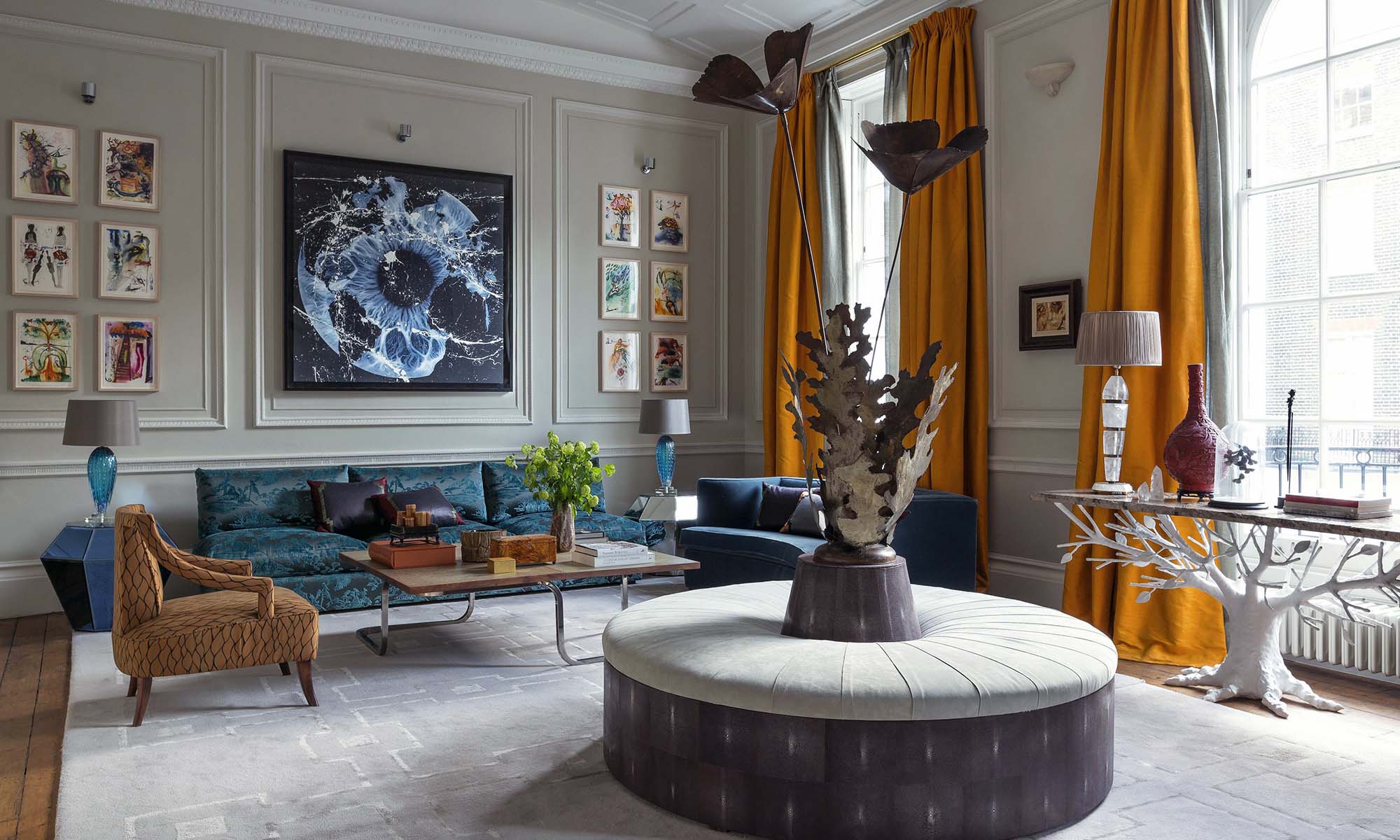 In conclusion, arranging furniture in a living room with Feng Shui principles is not only beneficial for our well-being but also for the overall design of the space. By creating balance and promoting positive energy flow, we can create a welcoming and harmonious environment that not only looks beautiful but also feels comfortable and inviting. So, the next time you are rearranging your living room, remember to consider the principles of Feng Shui for a more balanced and harmonious space.
In conclusion, arranging furniture in a living room with Feng Shui principles is not only beneficial for our well-being but also for the overall design of the space. By creating balance and promoting positive energy flow, we can create a welcoming and harmonious environment that not only looks beautiful but also feels comfortable and inviting. So, the next time you are rearranging your living room, remember to consider the principles of Feng Shui for a more balanced and harmonious space.



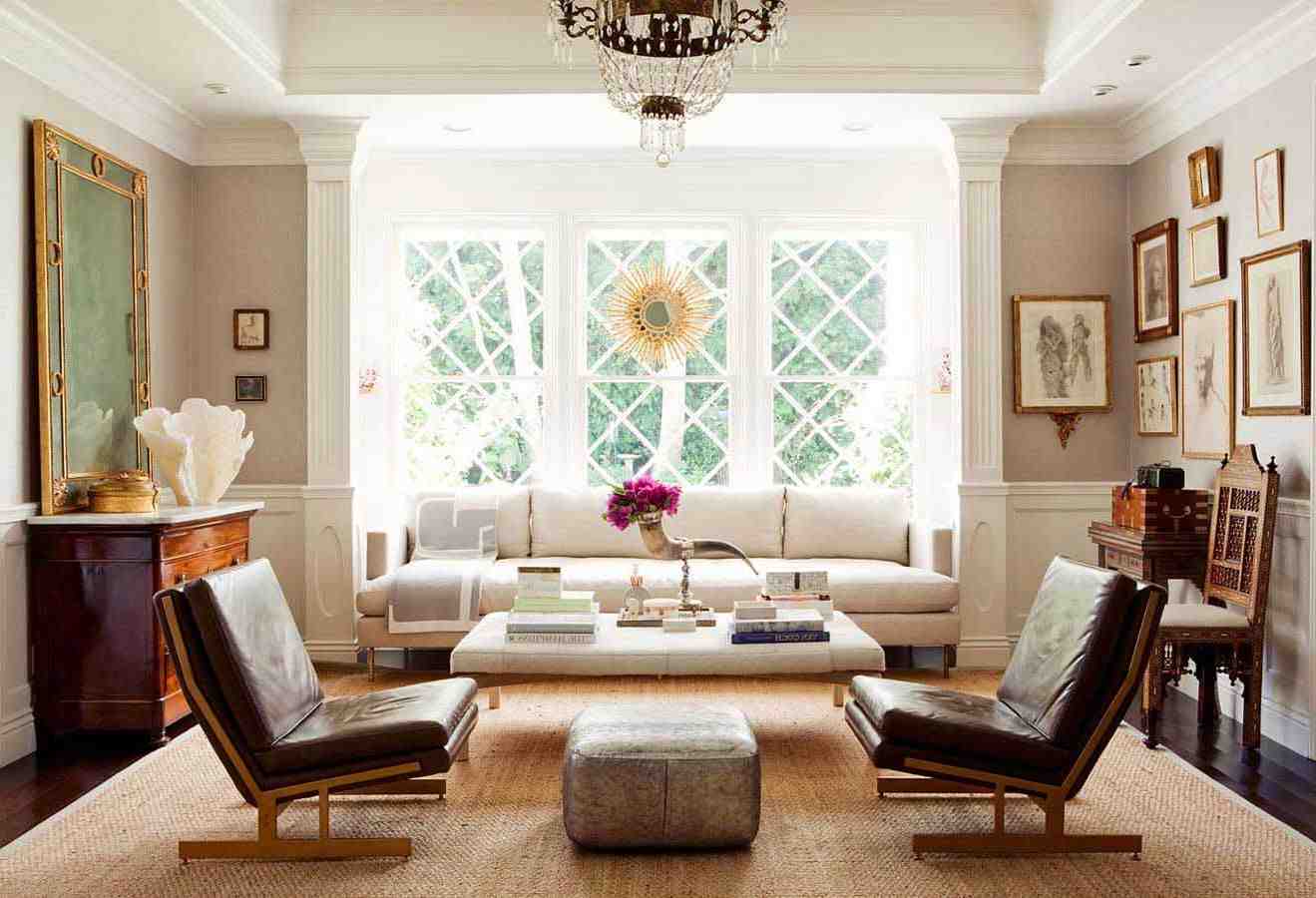
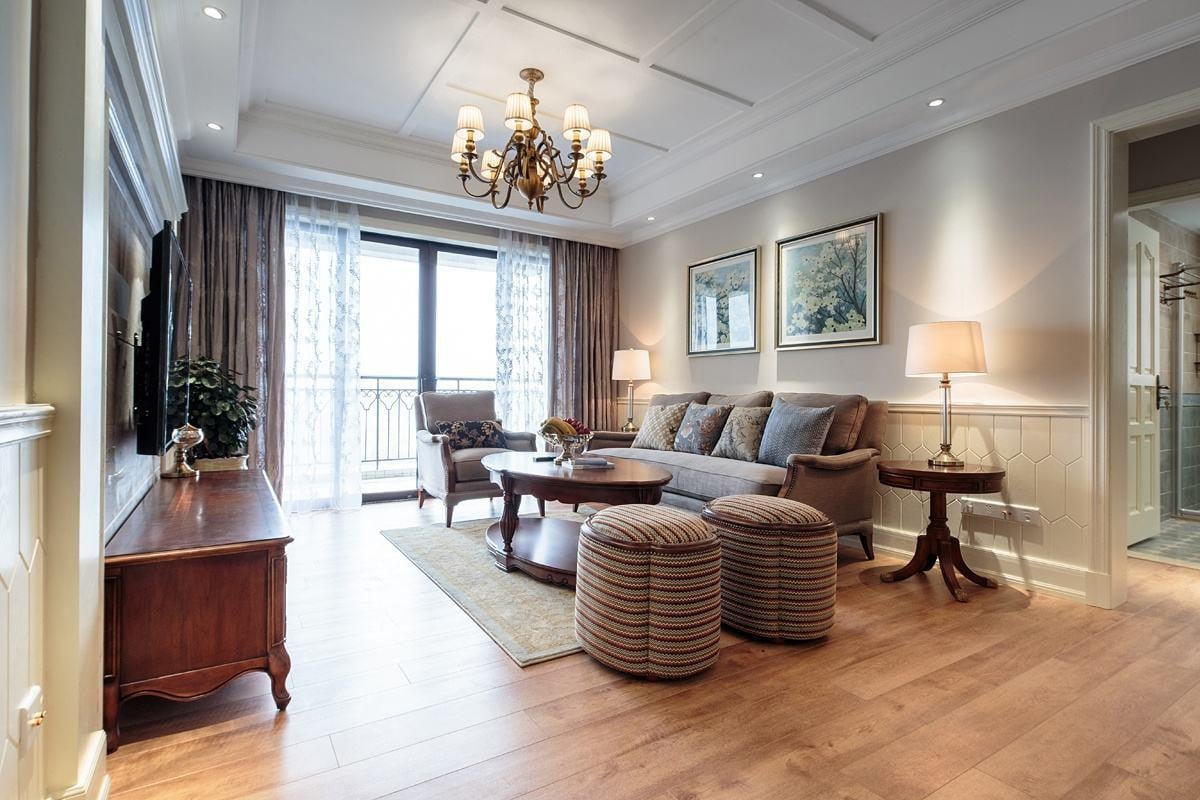

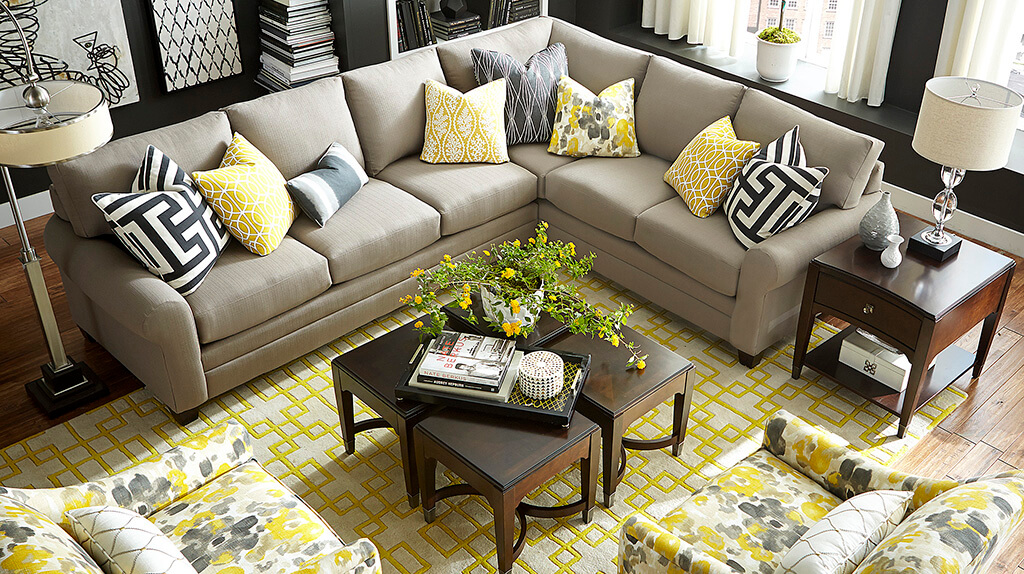
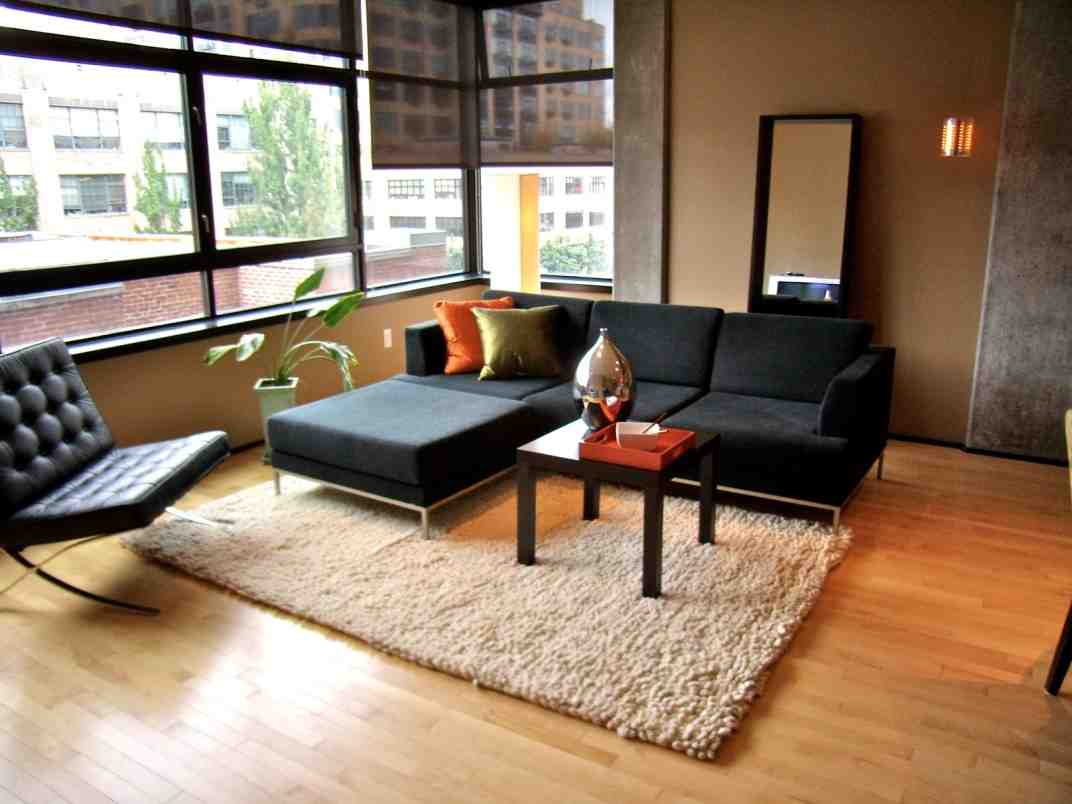
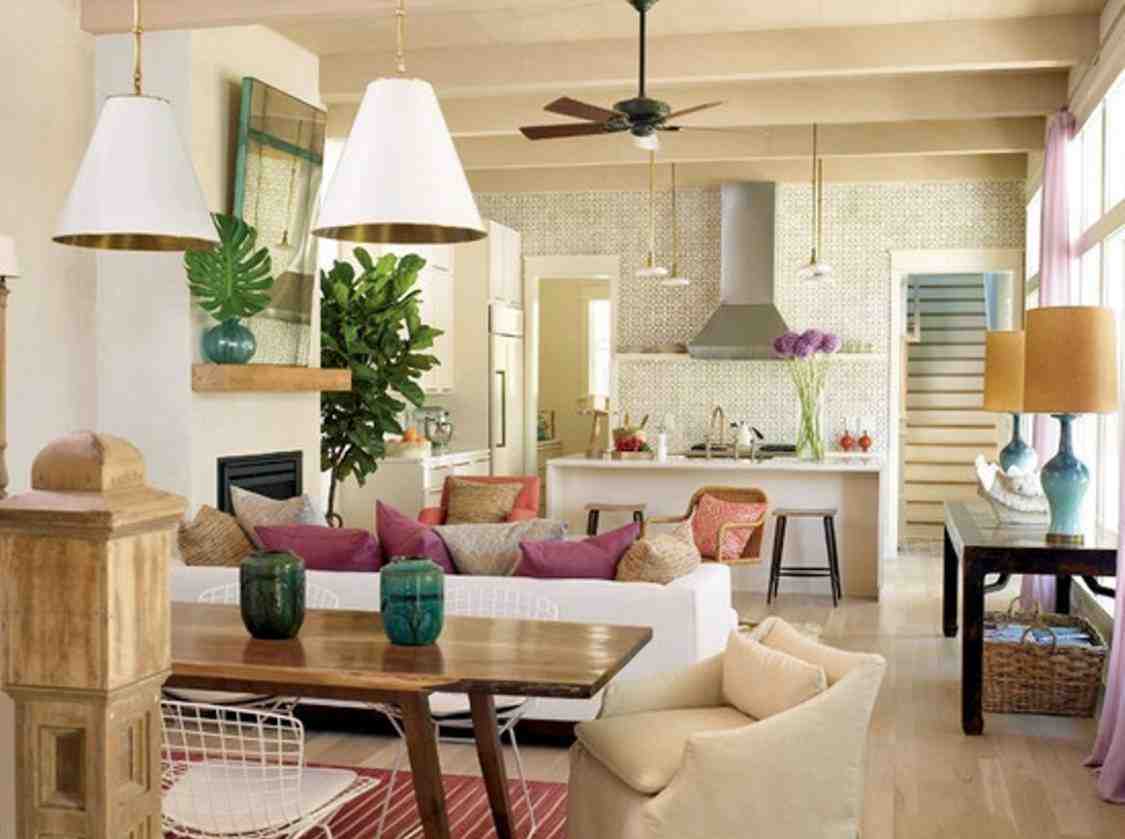
/GettyImages-1093510322-bdcf13ae33e74480934cf9b0e6658e3a.jpg)




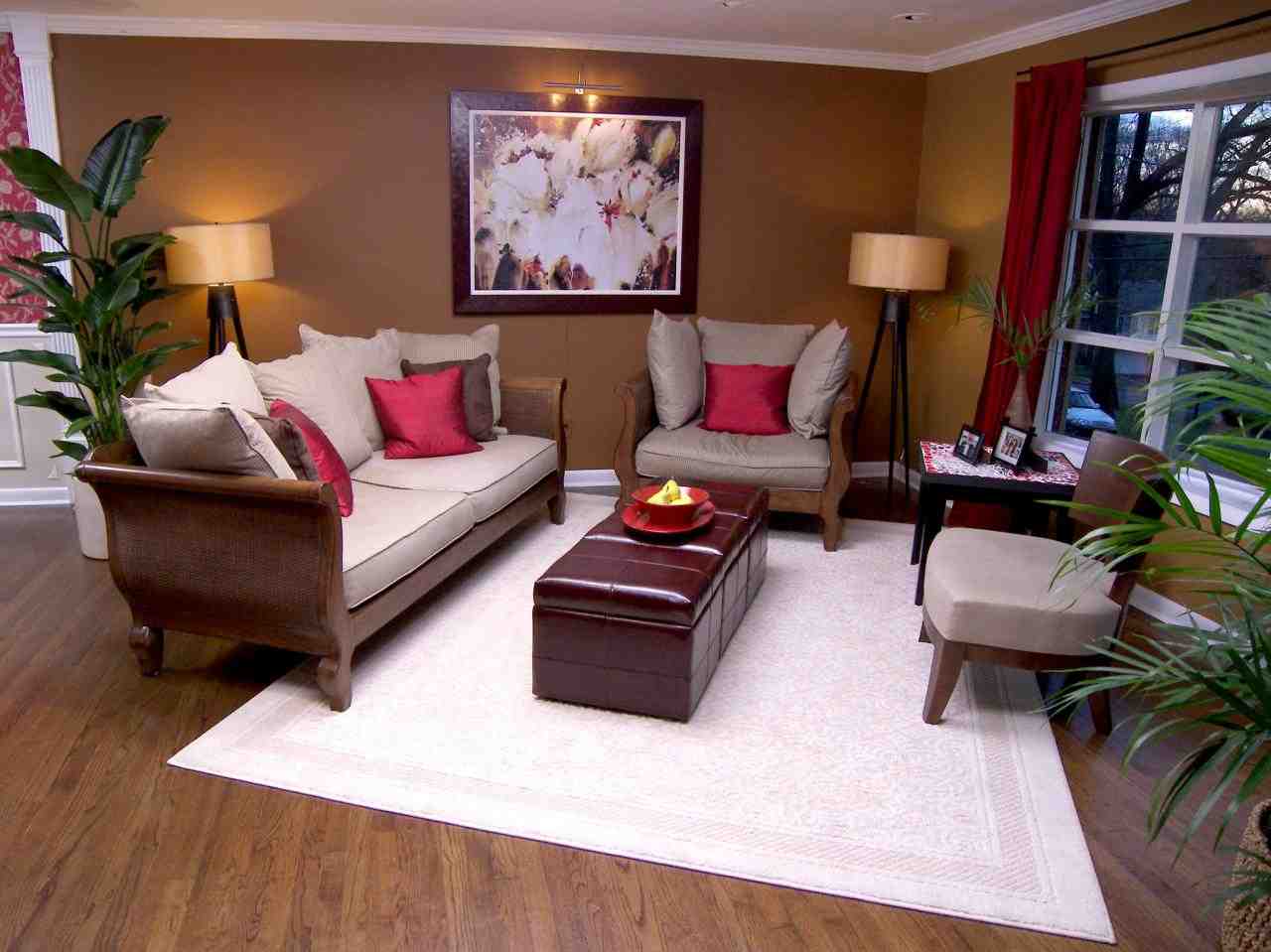
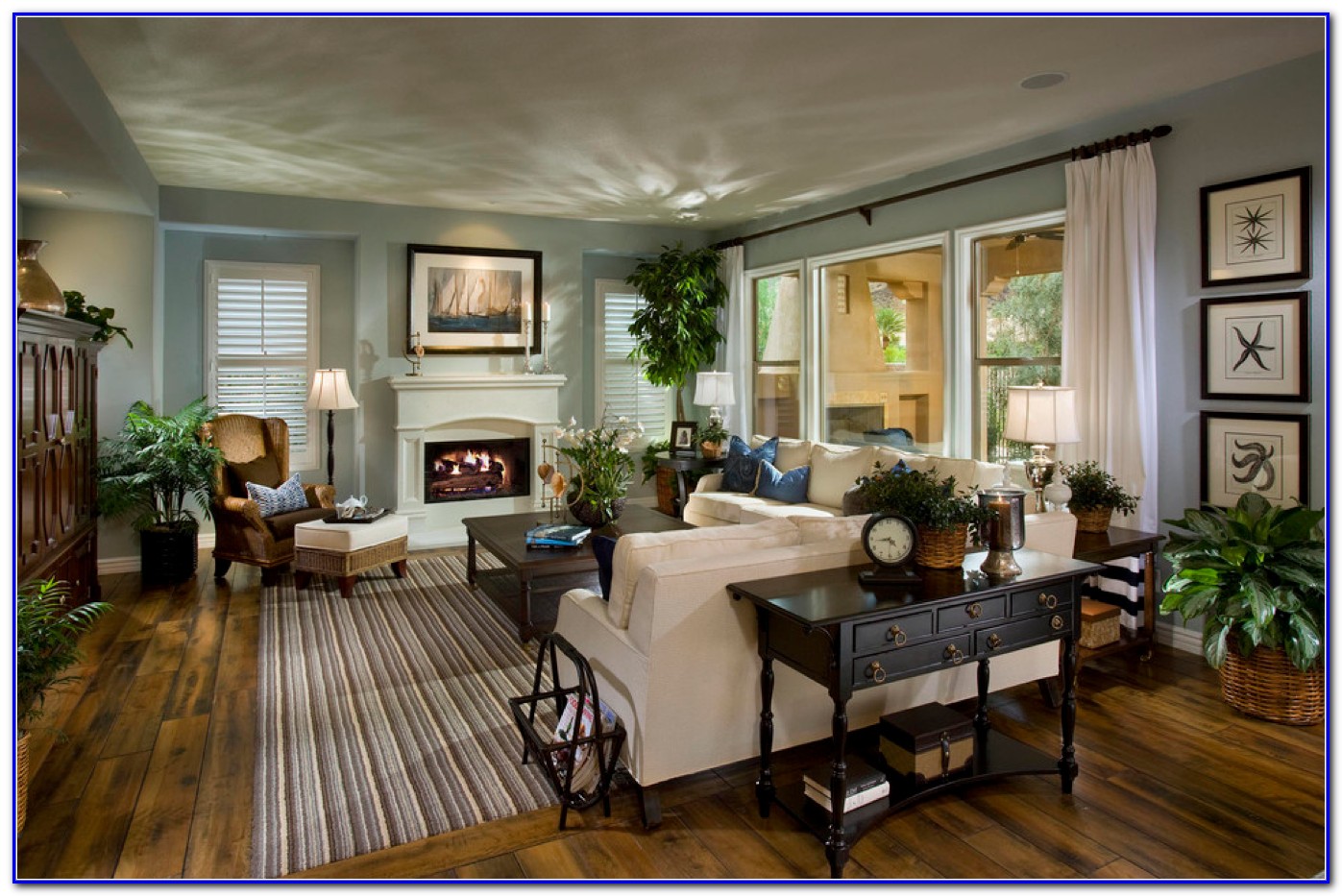
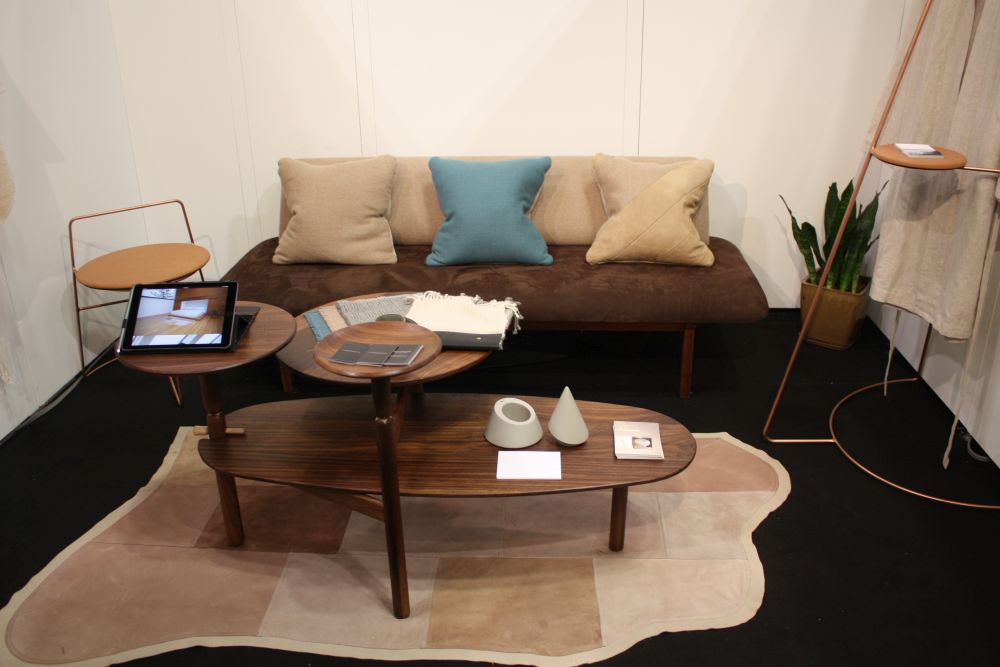

/GettyImages-1030845464-d9bf0a6179ff4601971a1ab963607969.jpg)



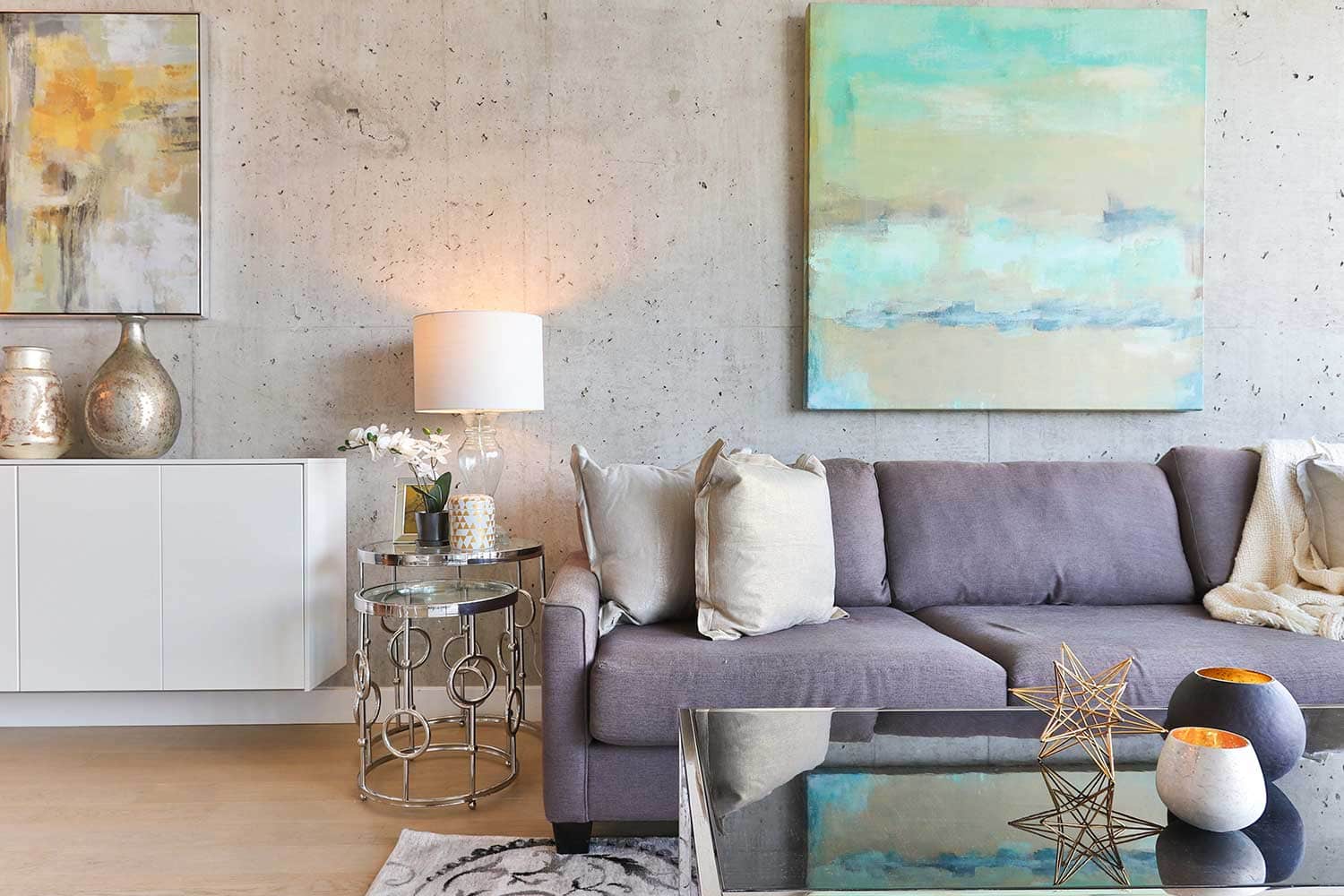

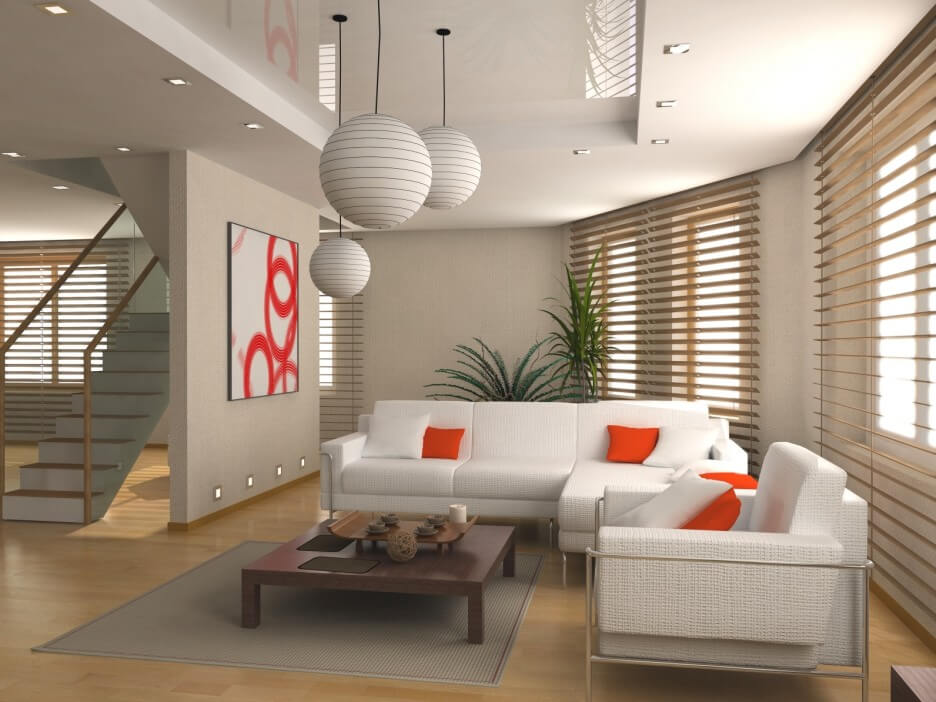



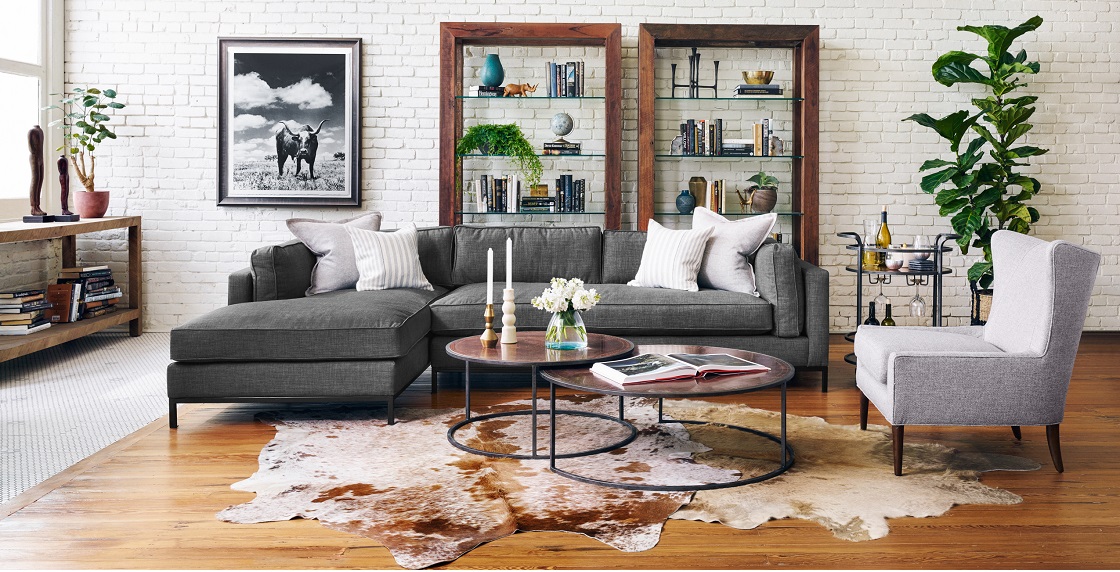

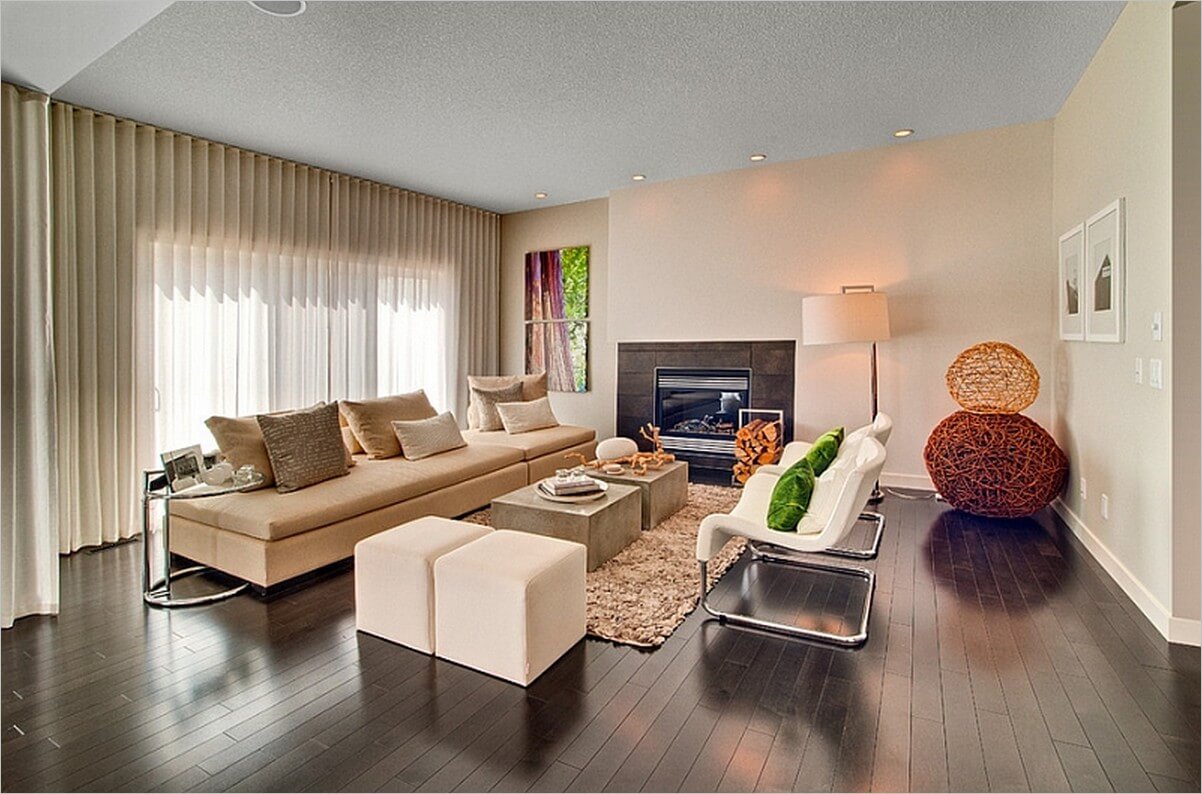
:max_bytes(150000):strip_icc()/interior-of-a-modern-living-room-157585197-f4ed3ae199e0491d84d9a79b90e66809.jpg)




:max_bytes(150000):strip_icc()/cathiehong-8055c557ada543d38f1a0eab4d9c6c76.png)








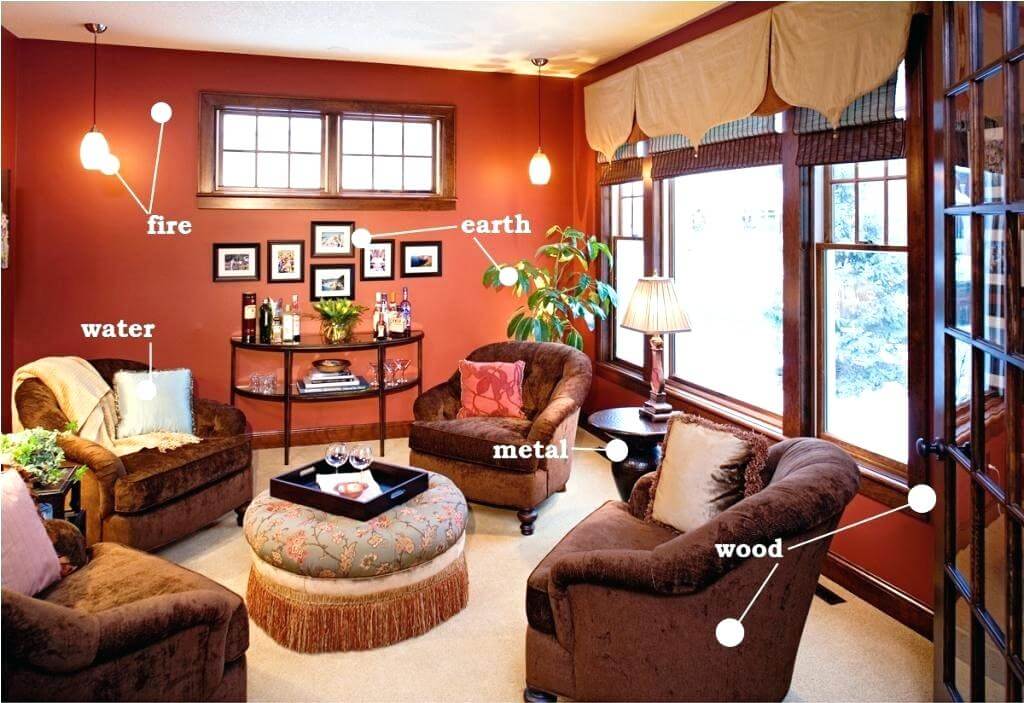




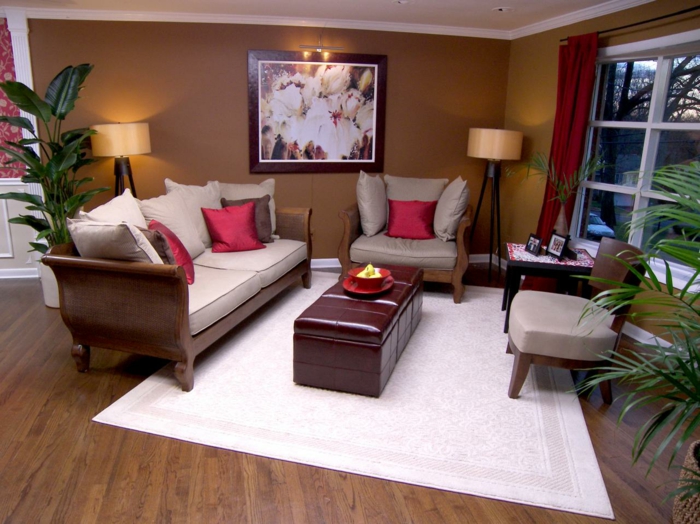
:max_bytes(150000):strip_icc()/cathie.hong-2ec564826d6c4ef8b547c80d0a238df9.png)




:max_bytes(150000):strip_icc()/GettyImages-642242204-9bc00f4474f040908f0286b3f2764f95.jpg)

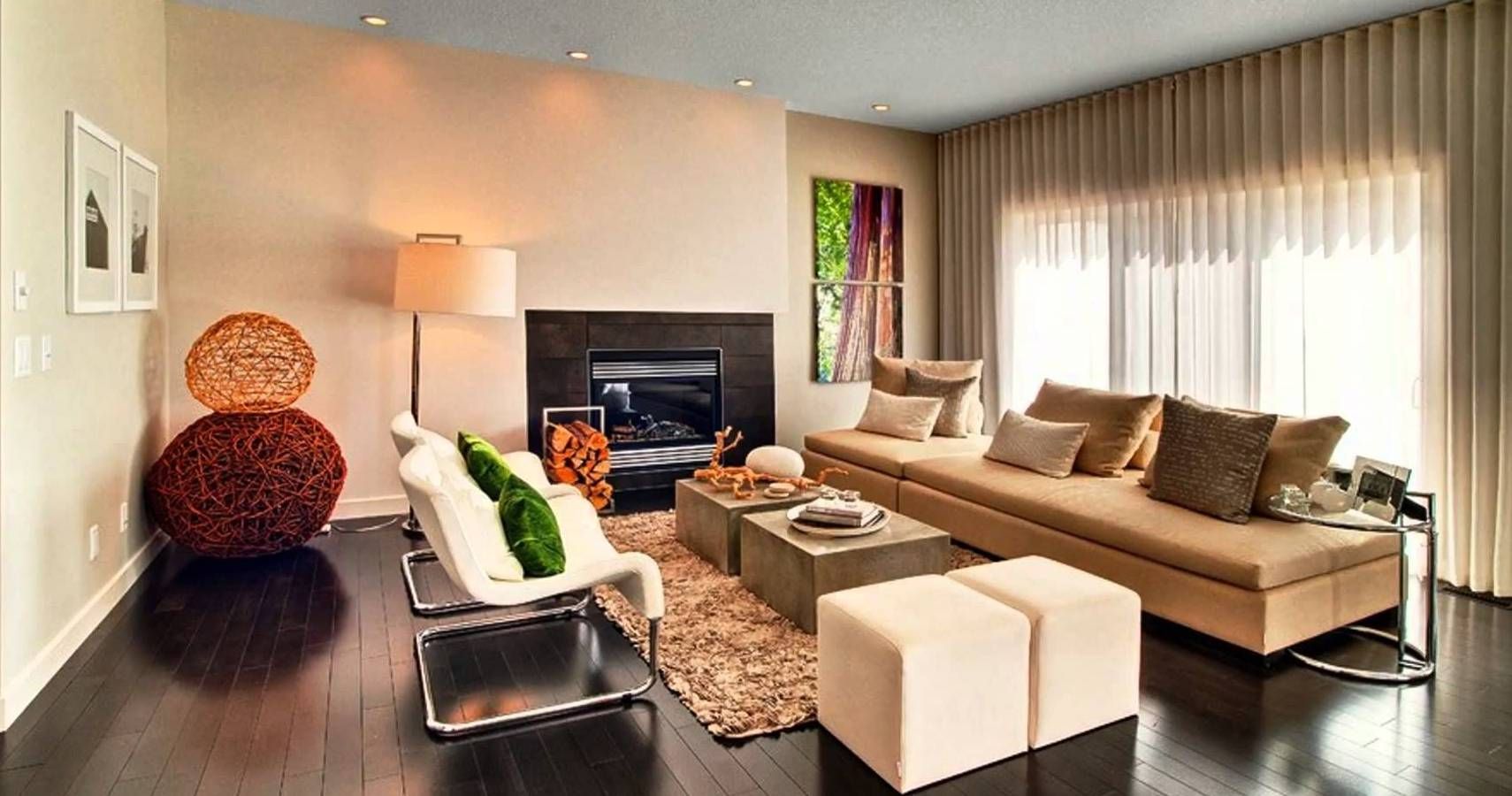


:max_bytes(150000):strip_icc()/tips-for-a-bed-aligned-with-the-door-1274764_V7-a51033100e99493fa59d12f522411548.png)
